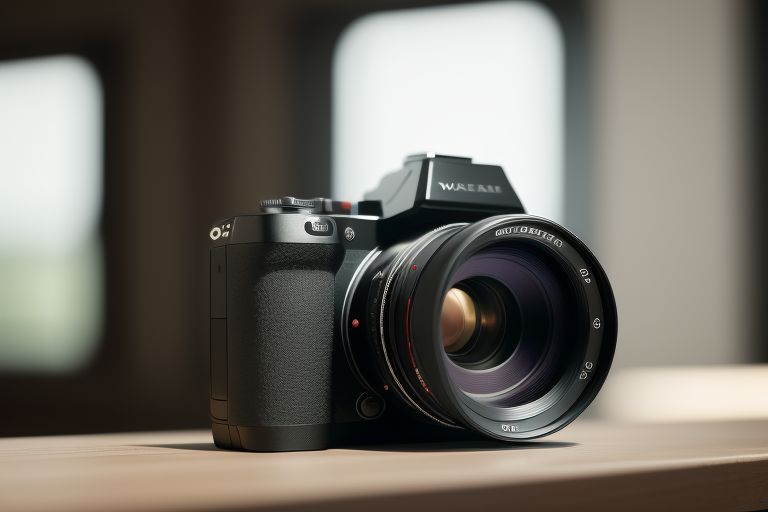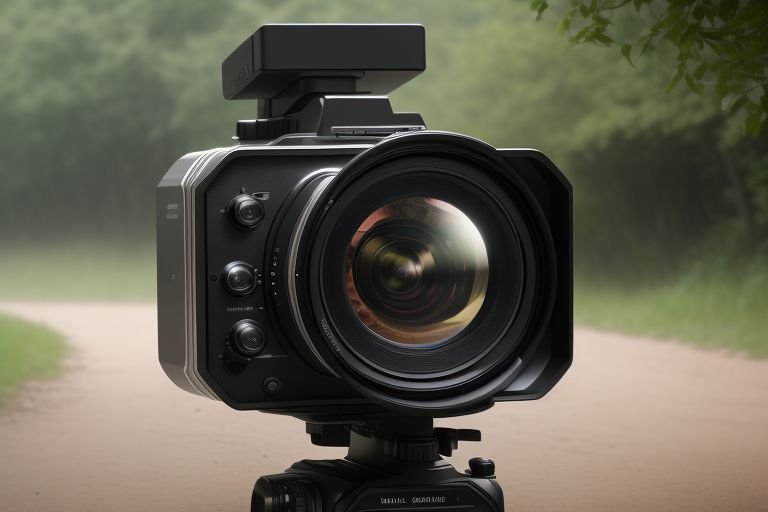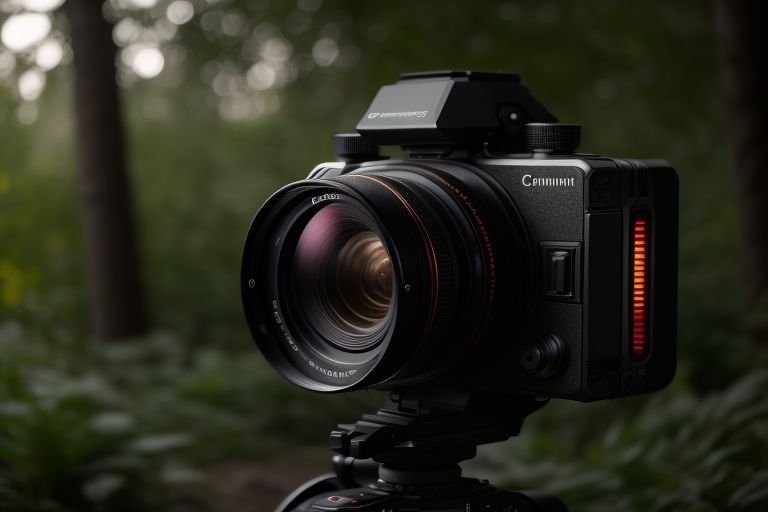Photography, whether you’re a professional or hobbyist, is an art that’s profoundly influenced by the type of equipment you use. And while the camera’s lens and body are significant factors, the type of sensor used in your camera also plays a vital role in the quality of your photographs.
To help you understand this important aspect, we’ll be discussing two of the most popular types of camera sensor technology: APS-C and CMOS. By the end of this article, we hope to help you decide which one is right for you.
APS-C vs CMOS: Which Camera Sensor Technology is Right for You?

Deciding between APS-C and CMOS largely depends on your photography needs and budget.
APS-C sensors provide a cost-effective solution for high-quality imaging, especially suitable for hobbyists and those needing extra ‘reach’.
On the other hand, CMOS sensors, while not related to size, promise efficient power usage and faster image processing, an advantage for dynamic and low-light conditions.
Remember, it’s possible to have both in a camera, an APS-C sized sensor with CMOS technology, maximizing benefits of both worlds. Ultimately, it’s not about which technology is better overall, but which aligns best with your specific requirements.
Understanding What a Camera Sensor Is

Ever wonder what exactly happens inside your camera when you hit that shutter button? Meet the camera sensor, the unsung hero of your photography toolkit.
The camera sensor is the heart of your digital camera, an electronic maestro that takes the light from your subject and turns it into an electronic signal. This is then skillfully transformed into the images you see on your screen or in your photo album.
The sensor’s size and type have a direct impact on the quality of your images. Generally speaking, a larger sensor is like having a larger canvas for your artistic creation – it can capture more light and details, which often translates into superior image quality. But remember, it’s not always just about size; the type of sensor also plays a big role.
Think of it like choosing a vehicle. A larger car may offer more space and comfort, but the type of engine under the hood determines its performance. Similarly, a camera sensor’s size gives you the space to capture your scene, while its type dictates the image’s overall performance.
Dive in with us as we explore the differences between APS-C and CMOS sensors in the coming sections, and let’s help you determine which one might be the best co-pilot on your photography journey.
An Overview of APS-C Sensor Technology

Let’s dive into the world of the Advanced Photo System type-C, or APS-C. This sensor size lands somewhere between a full-frame sensor, which mirrors the dimensions of old-school 35mm film, and those typically found in compact cameras.
The size can vary subtly depending on the manufacturer, but you’re usually looking at a crop factor about 1.5 to 1.6 times smaller than a full-frame sensor.
The APS-C sensor makes its mark in the digital photography world due to its unique blend of quality and cost-effectiveness. It delivers high resolution, detailed images which, when combined with the right lens, can rival those produced by full-frame cameras. But, it does so without requiring you to dig as deep into your pockets.
While we’re on the subject, let’s clear up a common misconception. The term ‘crop factor’ doesn’t mean your image will be cropped. It refers to the field of view being smaller (or ‘cropped’) compared to a full-frame sensor. This makes APS-C sensors particularly useful in situations where you need a bit more ‘reach’, like wildlife or sports photography.
However, it’s not all rosy. Because they are smaller, APS-C sensors gather less light than full-frame sensors. This can affect performance in low-light conditions or when attempting to create a shallow depth of field. Nonetheless, with today’s advancements in sensor technology, these differences are becoming less noticeable.
In the end, understanding how the APS-C sensor works and its strengths and weaknesses can help you utilize it effectively, and achieve your creative vision.
Understanding CMOS Sensor Technology

Shifting gears, let’s talk about CMOS – an acronym that stands for “Complementary Metal-Oxide-Semiconductor.” Unlike APS-C, CMOS is not a measure of sensor size but refers to the type of sensor technology in use. The selling point of CMOS sensors?
Their efficiency. CMOS sensors require less power, leading to longer battery life, and they offer faster image processing. This is why you’ll often find them gracing the inner workings of many contemporary digital cameras.
A major perk of CMOS sensors is that each pixel has its own charge-to-voltage conversion, and the sensor often includes amplifiers, noise-correction, and digitization circuits, which lead to improved noise control and speed. This all occurs right at the sensor level. The quicker readout and on-chip manipulation of data can help reduce artifacts like motion blur or “jello effect” in videos.
Where does CMOS fall short? Historically, they were once considered inferior to their CCD counterparts in terms of image quality and resolution. But don’t let that outdated information sway you. The rapid pace of technological innovation has blurred those lines. Today’s CMOS sensors are designed to deliver high-resolution images with excellent low-light performance.
As you explore the wonders of CMOS technology, remember that understanding how it functions can help you optimize its potential, opening up new realms of creativity in your photography. It’s not just about capturing an image; it’s about mastering the science beneath it. So, are you ready to delve into the efficient world of CMOS sensor technology?
APS-C vs CMOS: Comparing Image Quality
In the photography world, you’ll often hear debates about APS-C and CMOS. However, it’s crucial to remember that we’re not really comparing apples to apples here. APS-C refers to sensor size, while CMOS describes a type of sensor technology. It’s quite possible – and indeed very common – to have a camera that harnesses the benefits of both: an APS-C sized sensor that utilizes CMOS technology.
So, how does this combination affect image quality? Generally speaking, APS-C sized sensors are capable of delivering high-resolution images packed with impressive detail. Their somewhat smaller size compared to full-frame sensors doesn’t hinder their ability to capture stunning photographs.
On the other hand, CMOS technology shines in efficiency. It allows for swift image processing, longer battery life and remarkable performance in low-light conditions.
If we’re to pair these together, an APS-C CMOS sensor can bring the best of both worlds. You’ll have the high-resolution imagery afforded by the APS-C size, coupled with the efficient, rapid processing and exceptional low-light handling offered by CMOS technology.
It’s like having a sports car that’s not only swift but also fuel-efficient. So, when comparing APS-C and CMOS, don’t get caught up in the debate of which is better. Instead, consider how their combined powers could serve your photographic needs and elevate your artistry to new heights.
Considering Your Photography Needs and Budget
Your decision between APS-C and CMOS doesn’t have to be a tightrope walk. Let your personal photography aspirations and budget guide your steps. If you are at the dawn of your photography journey or a keen hobbyist seeking to deliver striking images without straining your wallet, an APS-C sensor camera could be the ideal match.
It’s essential to remember that the cost of the camera doesn’t end with just the body. You also need to factor in the expense of lenses, which can add a substantial amount to your photography budget. APS-C cameras and their lenses are generally more affordable than their full-frame counterparts, without sacrificing much on image quality.
But what about those drawn to the nimble efficiency of CMOS? A camera harnessing the power of CMOS technology could be the perfect companion for those venturing into videography or photographers shooting in dynamic, fast-paced situations. The improved noise control, faster image processing, and power efficiency that CMOS technology offers can be a game-changer in such scenarios.
In the end, your choice should echo your photography needs and financial boundaries. Whether your interest lies in landscape, portraiture, sports, wildlife, or any other genre, align your choice with your goals. A perfect camera is not the one with the highest specs or the heaviest price tag, but the one that resonates with your photographic passion and fits comfortably within your budget.
Embracing the Evolution of Camera Sensor Technology
As we navigate the ever-advancing world of camera sensor technology, it’s critical to stay open-minded and informed. Both APS-C and CMOS sensor technologies are continually evolving, offering photographers increasingly refined image quality and performance. Regardless of your camera choice, the key to great photography lies not just in the intricate tech details but in understanding and leveraging these advancements to realize your creative vision.
The camera is an instrument that aids your artistic expression, and the understanding of its sensor technology is a step towards mastering this tool. Whether it’s an APS-C sensor offering a cost-effective pathway to high-resolution imagery or a CMOS sensor providing efficiency and rapid image processing, each has a unique strength to bring to your photographic table. And remember, it’s not an either-or situation; in many cases, you can reap the benefits of both APS-C size and CMOS technology in a single camera.
Your photography journey doesn’t stop with picking the right camera. It’s about continually learning, experimenting, and growing. Use your knowledge of APS-C and CMOS sensor technology not as an endpoint but as a launching pad to explore new heights in your artistry.
Ultimately, it’s your vision and creative flair that breathe life into your photographs, with technology serving as your dedicated co-pilot. Welcome to this exciting journey of evolving camera sensor technology. Here’s to making every shot count!


